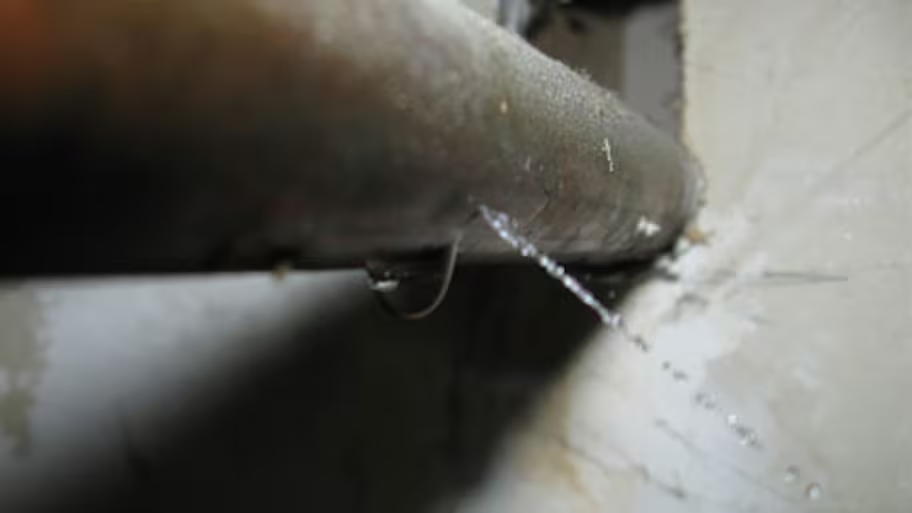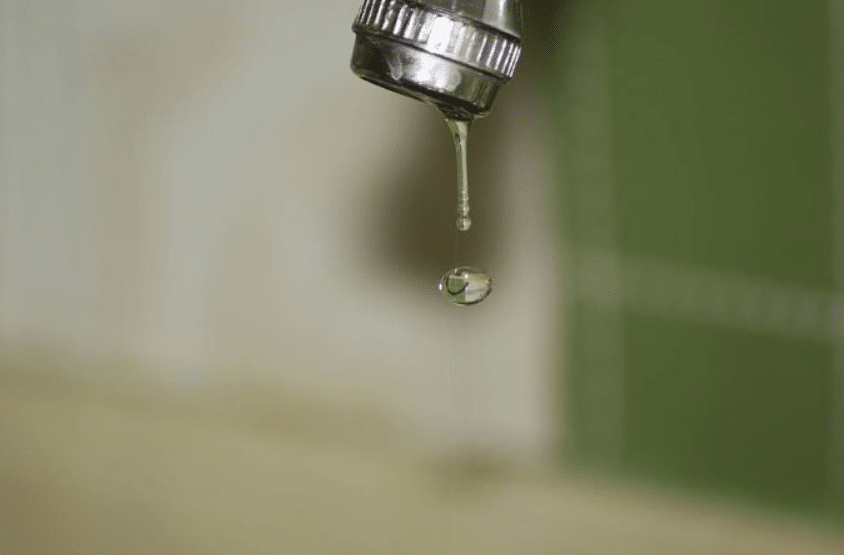Addressing the Six Most Common Water Leaks: Tips for Homeowners
Addressing the Six Most Common Water Leaks: Tips for Homeowners
Blog Article
The content which follows on the subject of Most Common Causes of Leaky Pipes is definitely attention-grabbing. You should take a look.

Leaks not only trigger waste of water however can likewise trigger unnecessary damage to your home and promote unwanted organic growth. Water leakages may go unnoticed because most of the pipework in our home is hidden. By understanding and looking for daily circumstances that trigger leaks, you can safeguard your home from future leakages as well as unnecessary damage. Today, we will certainly check out six leak causes that might be triggering your pipes to trickle.
Immediate temperature level changes.
Severe temperature adjustments in our pipelines can cause them to broaden and contract unexpectedly. This expansion as well as contraction might create splits in the pipes, particularly if the temperature level are below freezing. If you maintained an eye on how your plumbing functions, it would certainly be best. The presence of the previously discussed conditions frequently indicates a high danger.
Rusty water supply
As time passes by, your plumbing system ages and rust such as corrosion may start gnawing the pipelines. This could be the root cause of discoloration or bending on your pipes. This calls for an examination with your plumber right away. Take into consideration replacing the pipelines given that they are at a higher risk of rust than the more recent versions if our plumbing system is old.
Faulty Pipeline Joints
The factor at which your pipelines attach is often the weakest link in the waterline. Pipe joints can degrade with time, causing water leakages. The majority of pipe joints are not quickly visible. If you have noisy pipes that make ticking or banging noises, particularly when the warm water is turned on, your pipe joints are most likely under a lot of pressure. It is recommended to have your plumber check your system yearly.
Encroaching origins
The majority of water leakages start outside the house instead than inside it. You may notice damp patches or sinkholes in your yard, and also that may imply that tree origins are getting into water lines causing water to permeate out.
Poor Water Connectors
At times, a leak can be triggered by loose pipes and pipes that provide your appliances. In case of a water connections leakage, you may observe water running straight from the supply line or puddles around your devices.
Clogged Drains
Obstructed drains may be irritating and also inconveniencing, but they can in some cases wind up causing an overflow bring about burst pipelines. Maintain removing any type of products that might go down your drains pipes that could block them to stay clear of such hassles.
All the above are sources of leakages but not all water leakages result from plumbing leaks; some leakages could come from roofing system leaks. All leakages ought to be fixed immediately to stay clear of water damages.
Leaks not only trigger waste of water however can likewise trigger unneeded damages to your residence and promote unwanted organic development. By understanding and looking for day-to-day scenarios that create leaks, you can protect your house from future leakages and also unneeded damages. Today, we will certainly look at 6 leakage creates that may be causing your pipes to leak.
At times, a leak can be triggered by loose pipes as well as pipelines that provide your devices. In instance of a water links leakage, you might see water running straight from the supply line or pools around your home appliances.
How To Check For Water Leak In Your Home
How To Check for Leaks
The average household's leaks can account for nearly 10,000 gallons of water wasted every year and ten percent of homes have leaks that waste 90 gallons or more per day. Common types of leaks found in the home are worn toilet flappers, dripping faucets, and other leaking valves. These types of leaks are often easy to fix, requiring only a few tools and hardware that can pay for themselves in water savings. Fixing easily corrected household water leaks can save homeowners about 10 percent on their water bills.
To check for leaks in your home, you first need to determine whether you're wasting water and then identify the source of the leak. Here are some tips for finding leaks:
Take a look at your water usage during a colder month, such as January or February. If a family of four exceeds 12,000 gallons per month, there are serious leaks.
Check your water meter before and after a two-hour period when no water is being used. If the meter changes at all, you probably have a leak.
Identify toilet leaks by placing a drop of food coloring in the toilet tank. If any color shows up in the bowl after 10 minutes, you have a leak. (Be sure to flush immediately after the experiment to avoid staining the tank.)
Examine faucet gaskets and pipe fittings for any water on the outside of the pipe to check for surface leaks.
Undetected water leaks can happen without the home or business owner even realizing. If you suspect a water leak, but not able to find the source. It is time to contact a professional water leak detection service, The Leak Doctor.
How To Find a Water Leak In Your Home
https://www.leakdoctor.com/blog/How-To-Check-For-Water-Leak-In-Your-Home_AE197.html

I am just very excited about How to detect water leaks in your home and I am praying you enjoyed our blog post. Enjoyed our content? Please share it. Let other people find it. Thanks a bunch for your time. Come back soon.
Book Your Installation Report this page